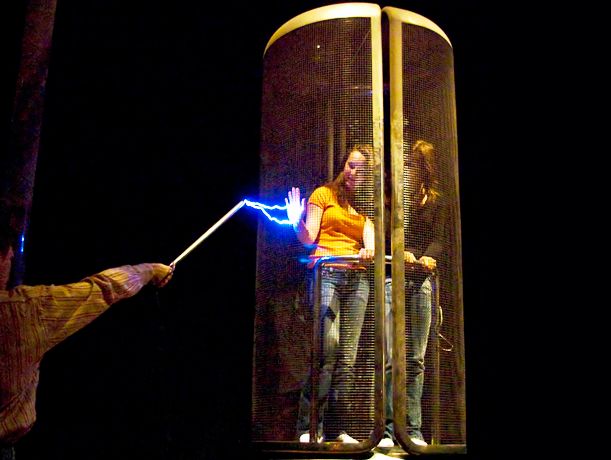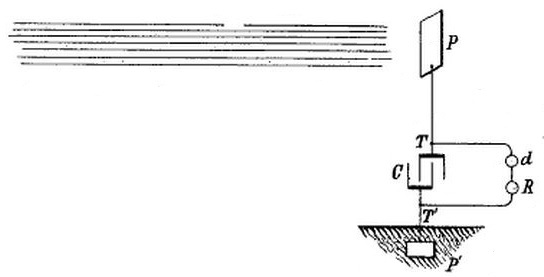Categories: Featured Articles » Interesting Facts
Number of views: 1370
Comments on the article: 0
The use of electrostatic induction in technology
With electrostatic induction, an electric charge appears on the surface of a conductor introduced into an external electrostatic field. This charge, which accumulates on the surface of said conductor, is called an induced or induced charge. Moreover, on the opposite sides of such a conductor, the induced charges will be of the opposite sign - on the one hand there will be positive, on the other - negative.
The accumulation of charge on the surface of the body during electrostatic induction will occur until the intrinsic electrostatic field of this body almost completely compensates for the external electrostatic field in which this body is placed. This happens with bodies with high conductivity, that is, with metals characterized by low resistivity.
The phenomenon of electrostatic induction is used in technology. It is used, for example, for protection against external electromagnetic and electrostatic fields of various sensitive circuits.
Such circuits primarily include: measuring, receiving, high-frequency and transmitting circuits. To protect them, special metal screens are made in the form of nets or casings, which are grounded or galvanically connected to the negative electrode of the protected circuit.
Electrostatic protection, Faraday cage

The electrostatic protection device is called Faraday cage by the name of its inventor Michael Faraday. The English physicist Michael Faraday, the father of the law of electromagnetic induction, created this device in 1836.
In one form or another, the Faraday cage is still used in technology to protect (shield) electronic equipment and technology from external electromagnetic fields. Usually this is a cell made of a material with low resistivity or a hollow, well-conducting current, structure of the proper form.
Electrostatic protection based on a Faraday cage works according to the following principle. When a closed conducting shell enters an electric field, the free electrons in it come into motion under the influence of this field. As a result, as described above, the opposite sides of the cell acquire opposite charges, which compensate for the external electric field with their fields.
This type of protection is applicable only for shielding from an electric field, while a constant magnetic field of course penetrates into the protective sheath.
An alternating electric field generates an alternating magnetic field, which again creates an alternating electric field. Therefore, if the alternating electric field is blocked by means of an electrostatic protection based on the Faraday cage, then the alternating magnetic field will not get into the protected elements inside, as it simply will not be generated in that area.

Electrostatic induction and alternative energy
Of great importance is the electrostatic induction for the field of the latest alternative energy. The electrostatic effect on atmospheric air allows directing the charged particles in it to technical devices collecting electric charge.
In the normal state, charged particles randomly rush around in the air, simply due to the phenomenon of thermal motion. At the same time, they rub against each other, charging each other positively and negatively - this way positive and negative ions are formed.

Technical devices, due to the phenomenon of electrostatic induction, are able to interact with these ions and use their charges as if in an electrolyte of a charged battery.This direction has been actively studied in recent years by lovers of alternative energy and electrostatics.
See also at bgv.electricianexp.com
:
